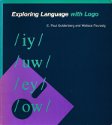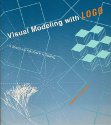 |
Mindstorms
by Seymour Papert
This 1980 classic has inspired thousands of teachers who
have sought creative ways to use computers in the
classroom. This second edition includes a new introduction
by Seymour Papert and forewords by John Sculley and Carol
Sperry.
Click here to download a copy of the 1980
first edition of Mindstorms.
|
| |
 |
Lifelong Kindergarten
Cultivating Creativity through Projects, Passion, Peers,
and Play
by Mitchel Resnick
In kindergartens these days, children spend more time with
math worksheets and phonics flashcards than building
blocks and finger paint. Kindergarten is becoming more
like the rest of school. In Lifelong Kindergarten,
Resnick argues for exactly the opposite: the rest of
school (even the rest of life) should be more like
kindergarten. To thrive in today's fast-changing world,
people of all ages must learn to think and act creatively
—and the best way to do that is by focusing more on
imagining, creating, playing, sharing, and reflecting,
just as children do in traditional kindergartens.
|
| |
 |
The Children's Machine
by Seymour Papert
The Children's Machine is about ways of thinking and
learning; about a new view of programming and computer
science. The commentary is on many levels from an analysis
of the learning process of one person to a discussion of
how to achieve megachange in the face of School's
resistance to change. Papert looks back at a decade of
"computer revolution" in schools, and ahead to a true
revolution in learning that computers may yet make
possible.
|
| |
 |
The Connected Family: Bridging
the Digital Generation Gap
by Seymour Papert
This new book is about children families and computers. It
includes a Macintosh / Windows CD with demo versions of
software and sample programs.
|
| |
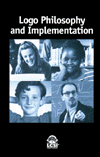 |
Logo Philosophy and Implementation
by Clotilde Fonseca, Geraldine Kozberg, Michael
Tempel, Sergei Soprunov, Elena Yakovleva, Horacio Reggini,
Jeff Richardson, Maria Elizabeth B. Almeida, and David
Cavallo. "This book of stories, each of which describes a
large scale Logo implementation in a different country,
will make a significant contribution towards communicating
the powerful idea that is evoked for me, as for the
authors of its chapters by the word Logo" - from the
Introduction by Seymour Papert. (Available from LCSI as a free
download.)
|
| |
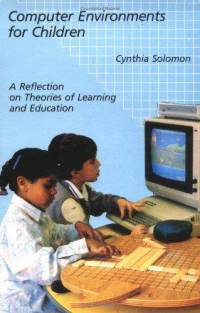 |
Computer Environments for
Children
by Cynthia Solomon
The design of a computer learning environment reflects the
underlying educational values of the designer. This book
examines the work of four educators ; Patrick Suppes,
Robert Davis, Tom Dwyer, and Seymour Papert ; in light of
their educational philosophies. Although the focus is on
mathematics education, the principles discussed are
relevant to learning and teaching in general. (Available
from MIT
Press . It is also available on line.)
|
| |
 |
Interactive Problem Solving Using Logo
by Heinz-Dieter Böecker
The material in this book was originally published in
technical reports and books prepared as part of a national
research project at the Center for Educational Technology
in Darmstadt, Germany. This version provides illustrative
case studies that show the importance of interactive
problem solving in fields as diverse as mathematics,
artificial intelligence, and linguistics.
|
| |
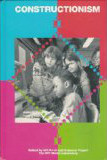
|
Constructionism
by Seymour Papert and Idit Harel
In 1985 the Media Lab was created at MIT to advance the
idea that computation would give rise to a new science of
expressive media. Within the media lab, the Epistemology
and Learning group extends the traditional definition of
media by treating as expressive media materials with which
children play and learn. The Group's work follows a
paradigm for learning research called Constructionism.
Several of the chapters directly address the theoretical
formulation of Constructionism, and others describe
experimental studies which enrich and confirm different
aspects of the idea. Thus this volume can be taken as the
most extensive and definitive statement to date of this
approach to media and education research and practice.
This book is structured around four major themes: learning
through designing and programming; epistemological styles
in constructionist learning, children and cybernetics; and
video as a research tool for exploring and documenting
constructionist environments.
|
| |
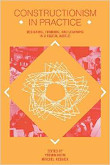
|
Constructionism
in Practice: Designing, Thinking, and Learning in A
Digital World
Edited by Yasmin B. Kafai and Mitchel Resnick
The digital revolution necessitates, but also makes
possible, radical changes in how and what we learn. This
book describes a set of innovative educational research
projects at the MIT Media Laboratory, illustrating how new
computational technologies can transform our conceptions
of learning, education, and knowledge. The book draws on
real-world education experiments conducted in formal and
informal contexts: from inner-city schools and university
labs to neighborhoods and after-school clubhouses.
|














